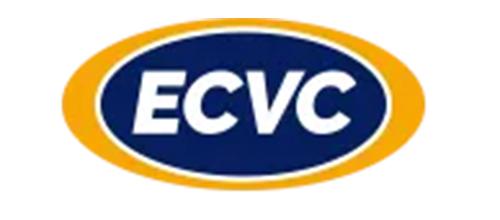
It’s probably fair to say the basic premise and fundamental focus of HR automation is process improvement.
After all, if it doesn’t make your day-to-day HR life easier, why have an HRMS in the first place? And it seems many would agree. According to the Sierra-Cedar 2017-2018 HR Systems Survey, 67% of organizations have “business process improvement” as a priority for their HR technology investment (with “HR systems strategy” a distant second place at 40%).
All of which begs the question, what processes should you be improving? Although the obvious and trite answer would be, all of them, the following three are a good place to start:
Onboarding

To start at the beginning of the employee life cycle… there’s always a lot of paperwork and information-gathering on a new hire’s first day. Aside from everything else, you have to set up their employee records on the system.
First up, with a seamlessly integrated HRMS, that record probably already exists and includes much of the basic information thanks to your HRMS-assisted recruitment process. Next, the right system will guide you through the necessary compliance form-filling (e.g. IRS W‐4, INS I‐9, IRS 8850, state W‐4s, and health insurance and benefits). The collection and input of this and other necessary information will likely be prompted by the system via automatic notifications to the newbie and their supervisor, sidestepping the pitfall of faulty human memory. And the best bit? It’s mostly if not entirely paperless – efficient AND good for the environment.
Employee Self-Service

In the past, possibly the biggest drain on an HR team’s time was answering endless basic inquiries and information requests simply because there was no other point of access to HR information. A huge benefit of an HRMS is that it allows employees direct access to their own data, a kind of devolution of the HR Helpdesk function to the individual. Furthermore, by combining employee self-service functionality with a cloud deployed system and a mobile app, your workers can answer their own questions, update their own information, and conduct HR transactions (e.g. requesting time off) 24/7 and from any location. This kind of access results in cost savings – in terms of less HR time spent on inquiries and processes that are ripe for automation – and greater employee satisfaction as they enjoy easier and more rapid access to HR-related information such as payroll, scheduling and time off, open enrollment, even pensions and benefits statements. There’s also a partial transfer of ownership of information, from the organization to the individual.
Payroll

Payroll is the one thing you really don’t want to get wrong. Even the smallest error in an employee’s salary or tax withholding is likely to give rise to an instant and loud complaint. And rightly so. An HRMS with integrated payroll can drastically reduce the likelihood of error, human or otherwise. Examples of such errors might include:
- Incorrect payments due to data entry mistakes – Automated systems/databases that ‘talk’ to each other (let’s say, payroll, accounts, and employee time and attendance records) avoid the dangers of repeated handling and input of information by all-too-fallible human operators.
- Errors in employee classification – The company’s responsibilities differ according to whether the individual being paid is an employee, an independent contractor or something else and mistakes can have consequences for compensation, benefits and even retirement savings.
- Phantom workers – The democratization and wider access to HR data (including to individuals and team managers) make it less likely that ‘non-employees’ (e.g. those who have left the organization or perhaps never even started there) will receive paychecks. All too possible back in the days of spreadsheets and paper records, thankfully almost impossible in an era of HRMS-driven process automation.
Psst: Our newsletters are basically
HR cheat sheets, delivered to
your inbox
Find daily inspiration and get tips for your day
Network with us on LinkedIn
Love tips and the occasional freebie?
Like us on Facebook
On the count of 3,
get ready to
say cheese!
We’re on Instagram
The best 280 characters you’ll ever read
Follow us on Twitter
Watch demos, learn features and much more
Subscribe to our channel









